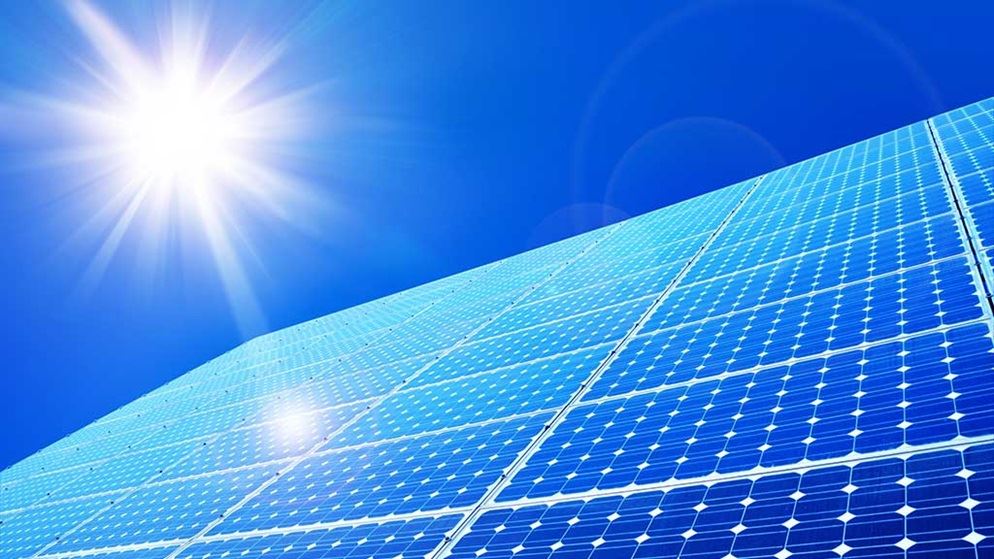A team of semiconductor researchers based in France has used a boron nitride separation layer to grow indium gallium nitride (InGaN) solar cells that were then lifted off their original sapphire substrate and placed onto a glass substrate.
By combining the InGaN cells with photovoltaic (PV) cells made from materials such as silicon or gallium arsenide, the new lift-off technique could facilitate fabrication of higher efficiency hybrid PV devices able to capture a broader spectrum of light. Such hybrid structures could theoretically boost solar cell efficiency as high as 30 percent for an InGaN/Si tandem device.
The technique is the third major application for the hexagonal boron nitride lift-off technique, which was developed by a team of researchers from the Georgia Institute of Technology, the French National Center for Scientific Research (CNRS), and Institut Lafayette in Metz, France.
By putting these structures together with photovoltaic cells made of silicon or a III-V material, visible spectrum can be covered with silicon and the blue and UV light with indium gallium nitride can be utilised to gather light more efficiently.
The technique could lead to production of solar cells with improved efficiency and lower cost for a broad range of terrestrial and space applications. This demonstration of transferred InGaN-based solar cells on foreign substrates while increasing performance represents a major advance toward lightweight, low cost, and high efficiency photovoltaic applications.
To go solar with Zunroof please fill below form and you will get a call within 24-48 hours

